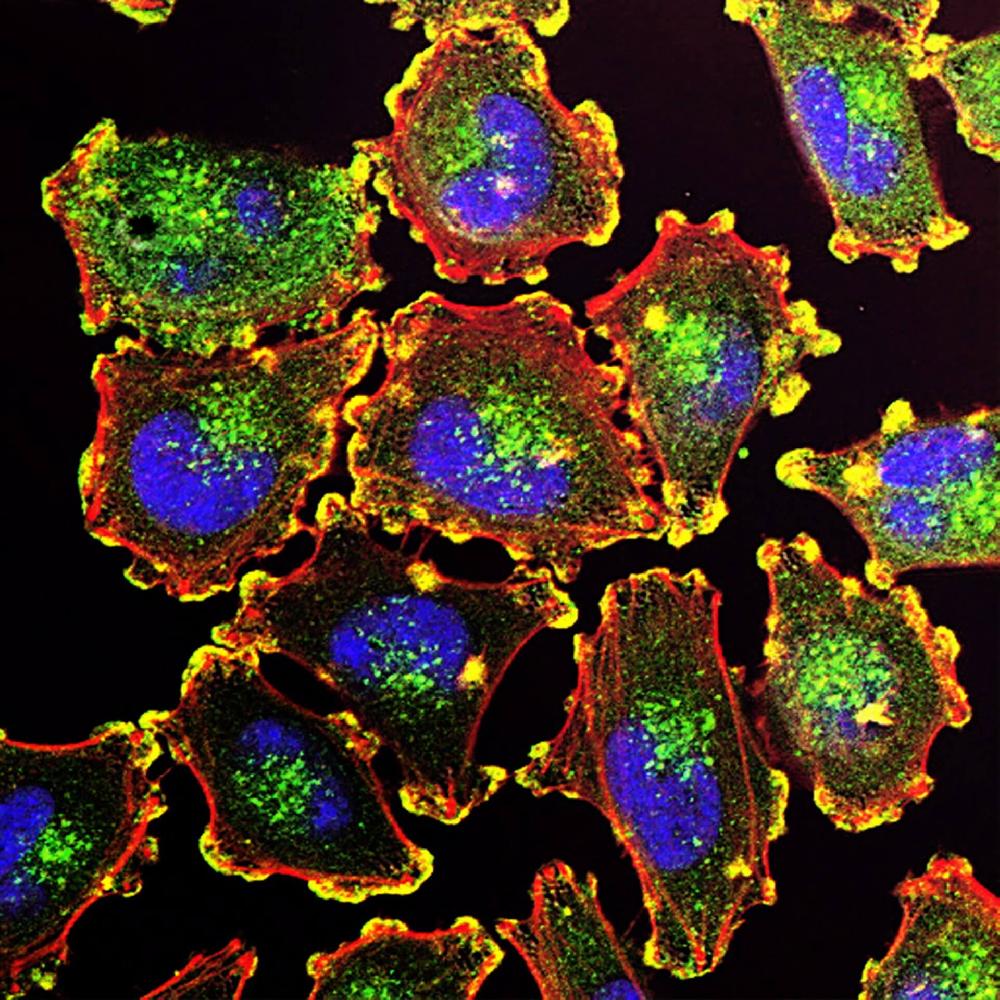This website uses cookies to ensure you get the best experience on our website.
- Table of Contents

Facts about Apoptosis-stimulating of p53 protein 2.

Inhibits the capacity of APPBP1 into conjugate NEDD8 to CUL1, and thereby decreases APPBP1 ability to induce apoptosis. Impedes cell cycle progression at G2/M.
| Human | |
|---|---|
| Gene Name: | TP53BP2 |
| Uniprot: | Q13625 |
| Entrez: | 7159 |

| Belongs to: |
|---|
| ASPP family |

apoptosis-stimulating protein of p53, 2; ASPP2P53BP2,53BP2apoptosis-stimulating of p53 protein 2; Bbp; Bcl2-binding protein; p53-binding protein 2; p53BP2; PPP1R13A; Renal carcinoma antigen NY-REN-51; tumor protein p53 binding protein, 2; tumor protein p53-binding protein, 2; Tumor suppressor p53-binding protein 2
Mass (kDA):
125.616 kDA

| Human | |
|---|---|
| Location: | 1q41 |
| Sequence: | 1; NC_000001.11 (223779893..223845972, complement) |
Widely expressed. Expressed in spleen, thymus, prostate, testis, ovary, small intestine, colon and peripheral blood leukocyte. Reduced expression in breast carcinomas expressing a wild-type TP53 protein. Overexpressed in lung cancer cell lines.
Cytoplasm, perinuclear region. Nucleus. Predominantly found in the perinuclear region. Some small fraction is nuclear. Sequester in the cytoplasm on overexpression of DDX42.




PMID: 8668206 by Naumovski L., et al. The p53-binding protein 53BP2 also interacts with Bcl2 and impedes cell cycle progression at G2/M.
PMID: 11684014 by Samuels-Lev Y., et al. ASPP proteins specifically stimulate the apoptotic function of p53.